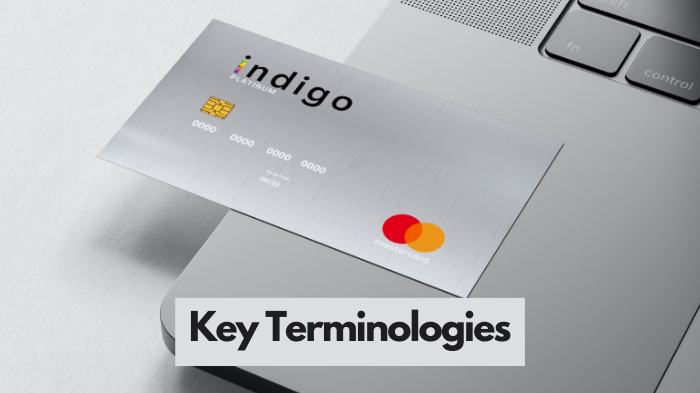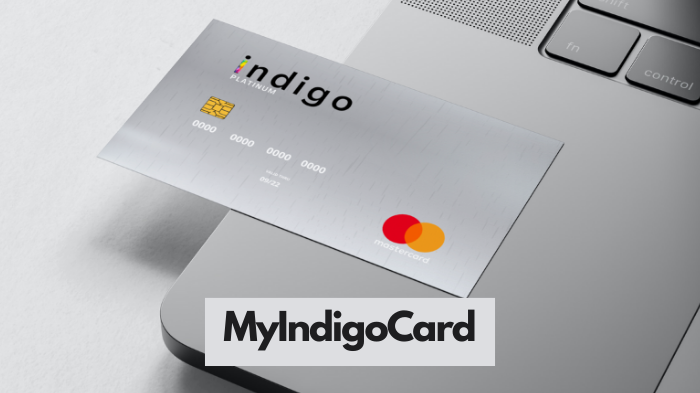
Key Terminologies for IndigoCard Website
What is IndigoCard?
IndigoCard is an innovative new digital payment platform that offers users a convenient, secure, and rewarding way to make purchases and manage their money. The card utilizes the latest technology like artificial intelligence, biometrics and tokenization to provide a seamless payment experience.
IndigoCard allows users to securely store multiple payment methods like credit/debit cards, bank accounts, rewards programs, and more all in one place. Users can easily select the payment method they want to use at checkout.
The platform also offers robust expense-tracking features, personalized insights, and real-time notifications to help users manage their finances responsibly. IndigoCard aims to make digital payments faster, smarter and more rewarding for today’s consumer.
A new digital payment platform
IndigoCard is a newly launched digital payment platform that offers an all-in-one solution for managing finances and making secure purchases online and in-store. The platform consolidates multiple payment methods into one account that users can easily access via the IndigoCard app or website.
Features and Benefits
Some of the key features and benefits of IndigoCard include:
- Secure storage for payment information like debit/credit cards, bank account details, loyalty cards, etc.
- Contactless payments using the IndigoCard digital card.
- Personalized insights and expense tracking.
- Real-time notifications for transactions, budgeting, offers, etc.
- Rewards program on purchases with tokenized offers and cashback.
- Biometric authentication for secure access and verification.
- AI-powered fraud monitoring and prevention.
- Customer service is available 24/7 through chatbots or human agents.

How it works
IndigoCard users first need to sign up for an account via the website or mobile app. They can securely store all their payment information in the IndigoCard vault.
When making a purchase, users just select IndigoCard as their payment method and authenticate using biometrics like fingerprint or face scan. The appropriate payment card will be charged after tokenization.
Users can track expenses, get notifications, redeem rewards, and manage their finances via the IndigoCard dashboard. AI and machine learning algorithms also provide personalized insights.
The platform uses the latest security protocols like encryption, tokenization, and PCI compliance to ensure user data remains safe at all times.
Digital Wallets
Definition and Overview
A digital wallet refers to an electronic payment system that allows users to store and access payment information from a single platform to make purchases. It stores details of the user’s payment methods like credit/debit cards, bank accounts, and also loyalty cards, coupons, etc.
Popular examples include Apple Pay, Google Pay, PayPal, Venmo, etc. Digital wallets enable contactless payments both in-store via QR codes or NFC and also online for e-commerce transactions.
Types of digital wallets
There are three main types of digital wallets:
- Mobile wallets – These smartphone apps store payment information for contactless in-store and online purchases. Examples are Apple Pay and Google Pay.
- Online wallets – These store payment information on a web browser or app and are used for online or e-commerce transactions only. Examples are PayPal and Amazon Pay.
- Cryptocurrency wallets – These help users store crypto coins and make transactions on blockchain networks. Popular ones include MetaMask, TrustWallet, Coinbase, etc.
Benefits of using a digital wallet
Here are some benefits of using a digital wallet:
- Convenience – Users can store all payment information in one place and pay quickly without having to grab their physical cards or cash.
- Security – Digital wallets use tokenization, encryption, biometrics, etc. to keep user data safe from hacking or fraud.
- Rewards and discounts – Many wallets provide personalized offers, cashback, and loyalty points on transactions.
- Accessibility – Users can make contactless payments using their mobile phones both online and offline.
Contactless Payments
What are contactless payments?
Contactless payments allow users to complete transactions without inserting or swiping a physical credit/debit card. The card or payment device simply needs to be tapped on a point-of-sale terminal reader to transfer payment information using short-range wireless tech like NFC, RFID, etc.
How do contactless payments work?
Contactless cards or devices are equipped with an NFC (near-field communication) antenna that transmits payment data to the NFC reader when tapped. The payment is authenticated using cryptograms and no sensitive data is stored on the card.
Many mobile wallets also utilize NFC tech along with QR codes to enable contactless mobile payments. A unique token is generated per transaction for security.
Benefits of contactless payments
- Speed and convenience – Transactions take seconds to complete with a simple tap. No need to insert or swipe cards.
- Highly secure – Contactless payments offer the same high-level security as chip cards with tokenization and encryption.
- Useful for low-value transactions – Contactless is ideal for smaller amounts as it eliminates the need to sign receipts or enter PINs.
Contactless payment methods
There are various contactless payment methods:
- Contactless cards – Debit/credit cards with embedded NFC antennas that allow tap-and-go payment by tapping on readers.
- Mobile wallets – Smartphone apps like Apple Pay and Google Pay allow contactless payments at POS by tapping the phone.
- Wearables – Smartwatches and fitness bands with dedicated payment apps can also be used to make contactless payments.
Tokenisation
What is tokenization?
Tokenisation refers to a process where sensitive data like credit card numbers are replaced with non-sensitive substitutes called tokens. This token refers to the actual data stored securely on the backend.
How does tokenization work?
The payment gateway generates a random token that acts as a dummy card number. This token is then used for processing transactions without exposing actual card details to merchants or users. The token is only valid within the payment ecosystem.
The real card data is securely encrypted and stored on the payment provider’s servers. The token essentially adds a protective layer of abstraction to the payment processing.
Benefits of tokenization
Here are some benefits of tokenization:
- Increased security – The actual card data is never shared, minimizing the risk of fraud.
- Reduced fraud risk – Unique tokens make stolen data useless. New tokens can be generated easily as well.
- Better customer experience – Saved tokens make checkout faster without re-entering details.

Biometrics
What are biometrics?
Biometrics refer to unique biological characteristics of individuals that can be used for automated identification and authentication. Some examples of biometrics include fingerprints, facial patterns, voice, iris, etc.
Types of biometrics
Here are some common types of biometrics:
- Fingerprint – Using fingerprint patterns for identification and access control.
- Facial recognition – Using computer algorithms to match live facial images to stored ID photos.
- Iris scan – Using iris patterns, the coloured part of the eye, for authentication.
- Voice recognition – Matching voice samples for verification using wave patterns.
Use of biometrics in payments
Here are some ways biometrics are used for payments:
- Authentication – Fingerprint, face ID, etc. can be used to verify user identity when accessing payment apps and making purchases. This enhances security.
- Reducing fraud – The unique biometric data of users is hard to duplicate, thereby reducing fraudulent transactions.
- Enhancing security – Biometrics are more secure than passwords which can be guessed. They provide an extra layer of access control over sensitive payment information.
- Facilitating repeat purchases – Once biometrics are saved in payment apps, they facilitate quicker checkout for repeated purchases.
- Replacing signatures – Biometrics can potentially replace signatures for card payments and provide authentication.
Increasing trust – Biometric identity verification increases user trust in payment platforms for safe transactions.